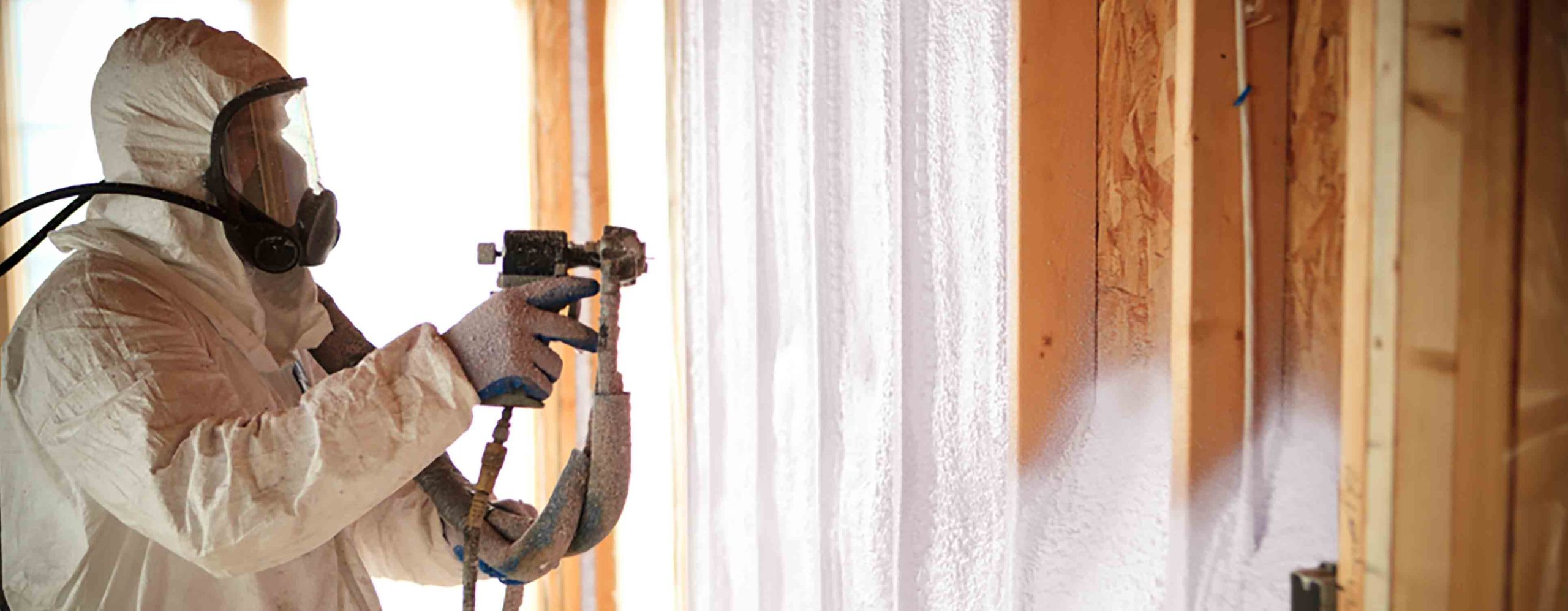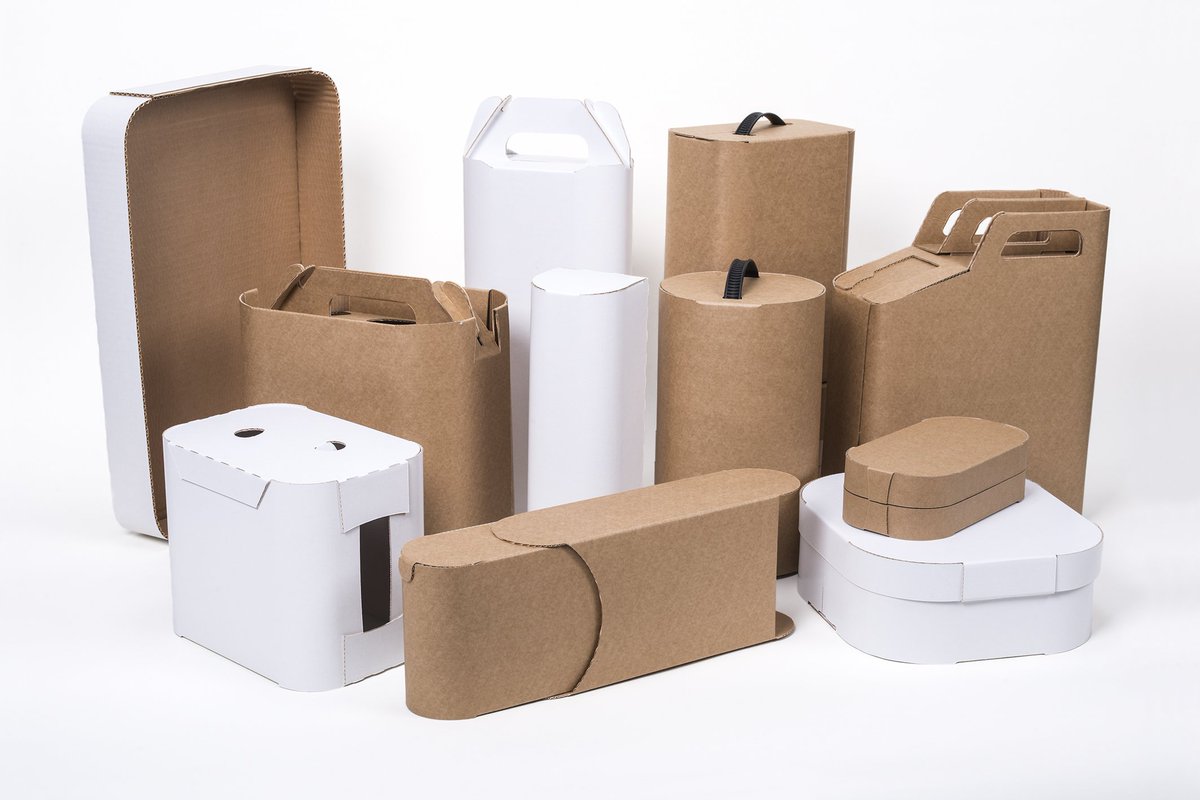Spray foam insulation is gaining popularity as a highly effective solution for sealing and insulating homes and businesses. For those living in Worcester, MA, or nearby locations like Auburn, Barre, and Charlton, spray foam insulation offers several benefits, including superior energy efficiency, air sealing, and moisture control. Understanding the installation process is key to making an informed decision, whether you are considering this for your new home or a renovation project.
In this post, we will break down the spray foam insulation installation process, what you can expect, and how it can benefit your property. This guide will be particularly helpful for residents of Worcester, MA, and surrounding towns such as Dudley, Holden, and Webster, looking to invest in energy-saving insulation solutions.
What Is Spray Foam Insulation?
Spray foam insulation is a cutting-edge material that expands on contact to fill gaps, cracks, and crevices. Unlike traditional insulation materials like fiberglass or cellulose, spray foam can reach even the most hidden areas of a building, making it a highly efficient insulation choice. When applied, it expands to create an airtight seal, preventing drafts, moisture, and even pests from entering the home. This makes it an ideal choice for those living in New England, where extreme weather conditions are common.
The Different Types of Spray Foam Insulation
Spray foam insulation comes in two primary forms: open-cell and closed-cell.
- Open-Cell Spray Foam: This is a lighter, less dense foam that offers excellent soundproofing. It is more affordable and ideal for interior walls and areas where water resistance isn’t a priority.
- Closed-Cell Spray Foam: Denser and more rigid, closed-cell spray foam provides higher R-values (a measure of thermal resistance). It offers superior insulation and moisture resistance, making it ideal for exterior walls, roofs, and basements.
Understanding the difference between these two types is crucial before you begin the installation process, as each has unique advantages suited for different parts of a building. For those in Worcester, MA, and neighboring areas like Spencer and Sturbridge, this distinction helps determine the best option based on your property’s needs.
Preparing Your Home for Spray Foam Insulation
Before spray foam insulation is applied, there is a necessary preparation process to ensure the area is ready for insulation. This step is essential for achieving the best results, especially in homes and commercial buildings throughout Worcester, MA, and its neighboring towns like Oxford and Hardwick.
Inspection and Assessment
The first step is an inspection of the area to determine which type of spray foam—open-cell or closed-cell—is best suited for your project. Contractors will assess walls, attics, crawl spaces, or any other area where insulation is required. This assessment also involves identifying existing air leaks, moisture issues, and other potential problems.
Clearing the Area
To facilitate an efficient installation process, all items in the area being insulated should be removed. In Worcester homes, especially older ones, attics and basements might be cluttered with storage, so removing these items is crucial. In some cases, old insulation materials like fiberglass may need to be removed. This is a task best left to the professionals, as they will ensure that the space is completely clear and ready for installation.
The Step-by-Step Spray Foam Installation Process
Now that the area is prepped, it’s time for the installation to begin. For property owners in Worcester, MA, and nearby towns such as Leicester, Millbury, and Thompson, CT, this is where the magic happens.
Step 1: Protecting the Surrounding Area
One of the first steps the insulation contractors will take is to protect the areas surrounding the insulation project. This includes covering floors, windows, and any other surfaces to prevent overspray. While spray foam is an effective insulation material, it can be messy if not properly managed.
Step 2: Mixing the Components
Spray foam insulation consists of two liquid components—polyol resin and isocyanate—which are stored separately until they are ready to be applied. When these components are mixed, they react and rapidly expand to form foam. This expansion allows the foam to fill every crack, gap, and crevice, creating a seamless barrier.
Step 3: Application of Spray Foam
The installation team will use specialized equipment to spray the foam into the designated areas. The foam will expand almost immediately after application, filling any gaps. For residents of Worcester, MA, where cold winters and hot summers are common, this step ensures that your home remains energy efficient year-round by preventing heat loss or gain through poorly insulated walls and roofs.
Step 4: Trimming Excess Foam
Once the foam has expanded and cured, any excess material will be trimmed off. This is especially important for areas where drywall or other materials will be installed over the foam, ensuring a smooth, even surface. In attics, basements, and walls, this trimming process ensures that the insulation sits flush with any adjacent surfaces.
Step 5: Clean-Up and Final Inspection
After the installation and trimming are complete, the contractors will clean the work area, removing any protective coverings and ensuring that no debris is left behind. The installation team will also perform a final inspection to verify that the foam has fully expanded and is providing optimal insulation.
Benefits of Spray Foam Insulation
Residents of Worcester, MA, and the surrounding areas, including West Brookfield and Paxton, can enjoy numerous benefits from spray foam insulation. Here are a few key advantages:
- Improved Energy Efficiency: Spray foam insulation reduces energy loss by up to 50%, helping homeowners save on their heating and cooling bills. For homes in cold climates like Worcester, this is a game-changer.
- Air and Moisture Barrier: The airtight seal created by spray foam prevents drafts, humidity, and moisture from entering your home, reducing the risk of mold and water damage.
- Enhanced Comfort: Spray foam creates a consistent indoor temperature, making your home more comfortable year-round. No more cold drafts in winter or hot spots in summer.
FAQs About Spray Foam Insulation
Q: Is spray foam insulation safe?
A: Yes, once it is fully cured, spray foam insulation is completely safe. The installation process should be handled by professionals to ensure proper ventilation during curing.
Q: How long does the installation process take?
A: The length of the installation process depends on the size of the area being insulated. For a standard home in Worcester, the process typically takes one to two days.
Q: Can I apply spray foam insulation myself?
A: It’s highly recommended that you hire professionals for spray foam insulation. The materials and equipment required for installation are specialized and require expertise for proper application.
Q: How long does spray foam insulation last?
A: Spray foam insulation can last 20 years or more, making it a long-term investment for your home.
Conclusion
The installation process of spray foam insulation is efficient, effective, and a great way to improve your home’s energy efficiency. For those living in Worcester, MA, and surrounding areas, investing in professional spray foam insulation ensures optimal performance and lasting benefits. When you’re ready to improve your home’s comfort and reduce energy bills, contact Lamothe Insulation and Contracting at (508) 980-2600 to schedule your consultation.









